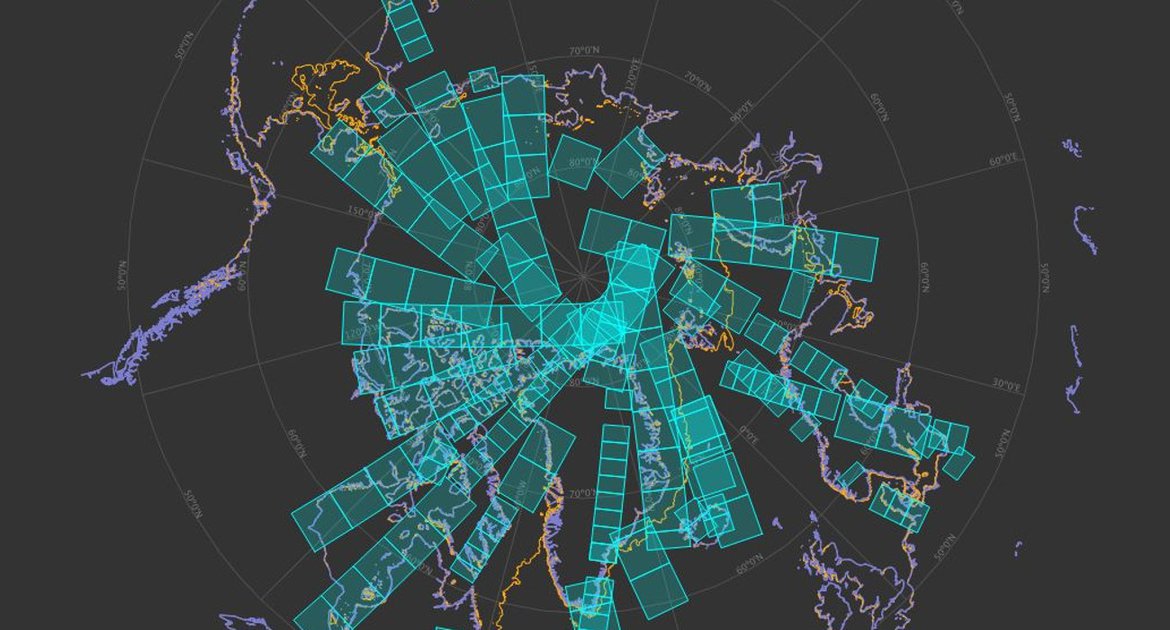ExtremeEarth is a three year project organized around six technical work packages and will be run in three phases.

Leader - LC
The goal of this WP is to demonstrate the efficient chaining of ExtremeEarth technologies for running high-performance workflows with deep learning and extreme earth analytics that will add value to Copernicus data. More precisely, it aims to: (i) Extend the Hopsworks data platform to enable the access and storage of EO data, processing tools (for earth analytics and deep learning) and services to provide the capability to store, process and publish comprehensive multi-source, multi-scale and multi-temporal EO datasets. (ii) Support WP2 and WP3 in component integration in the Hopsworks data platform. (iii) Support WP4 and WP5 in the development of the two use cases. (iv) Deploy and operate the Hopsworks data platform in the two TEPs and the selected DIAS.

Leader - UNITN
The objective of this work package is to develop deep learning techniques for the computation of extreme analytics over big Copernicus data. The developed techniques will be implemented in a scalable manner using modern big data technologies offered by Hopsworks data platform contributed by partners KTH and LC.

Leader - UoA
The objective of this WP is to develop a set of tools for querying, integration and extreme analytics for the big information and knowledge that will be mined from Copernicus data and other auxiliary data sources using the techniques of WP2. This information and knowledge will be encoded as linked geospatial data and will be integrated with other open linked data sources to be demonstrated in the two use cases of ExtremeEarth.

Leader - VISTA
Integration of different EO information and modelling using big data methodologies and integrated use of the cloud platforms of Polar TEP and Food Security TEP to derive water availability for watershed monitoring and irrigation recommendation for agricultural crops in drought-volatile areas.

Leader - MET
Integration of different EO information and modelling using big data methodologies and integrated use of the Polar-TEP cloud platform to derive sea ice concentration and type maps, with lead and ridge density measurement, in the Polar Regions.

Leader - UoA
This WP will create impact for the project by carrying out dissemination, communication and exploitation activities.

This phase involves the detailed specification of the user requirements for the two use cases of the project (WP4 “The Food Security Use Case”, WP5 “The Polar Use Case”) using a participatory co-design approach. The requirements will drive the developments in later stages of the project. In this phase, we will also distinguish which requirements will be covered in each of the two following phases of the project (Phases II and III). An important milestone for requirements collection is the first User Community workshop to take place in M2. After the requirements have been collected, WP1 produces a software architecture co-design document which will guide us for the rest of the project (M6).
In this phase, the development of the software components of ExtremeEarth starts. We will develop individual software components that will then be integrated in the first version of the extended Hopsworks data platform (M1 to M12 and M13 to M14). Component development will take place following our participatory co-design approach with all stakeholders being continuously involved in the process. Thi is facilitated by the relevant features of Hopsworks and the involvment of the two TEP users. The components that will be developed target the following research challenges: (i) scalable deep learning and extreme analytics for Copernicus data and (ii) querying, integration and extreme analytics for big linked geospatial data. Each one of the developed components will be evaluated using big Copernicus data. The components of the extended Hopsworks data platform will be used to develop a first version of the two use cases of the project (M15 to M16). The implemented use cases will then be evaluated with respect to the user requirements collected in Phase I (M17 to M18). An important milestone for user evaluation is the second User Community workshop to take place in M17. Since at this stage a complete version of all the parts of the project would be available and would have been evaluated by users, we propose to have a project review on M19.
In this phase, the development of the software components of ExtremeEarth continues using a participatory co-design approach. We will develop final versions of our software components that will then be integrated into the final version of the extended Hopsworks data platform (M19 to M30 and M31 to M32). The final versions of the developed components will also be evaluated using big Copernicus data. The final version of the extended Hopsworks data platform will be used to implement final versions of the two use cases of the project (M33 to M34). The final versions of the use cases will then be evaluated with respect to the user requirements collected in Phase I (M35 to M36). An important milestone for user evaluation is the third User Community workshop to take place in M35. During the last month of the project, we will also have an open workshop in Brussels or Luxembourg to present the results of the project to the European Commission, Copernicus stakeholders, and the EO and big Data research communities.